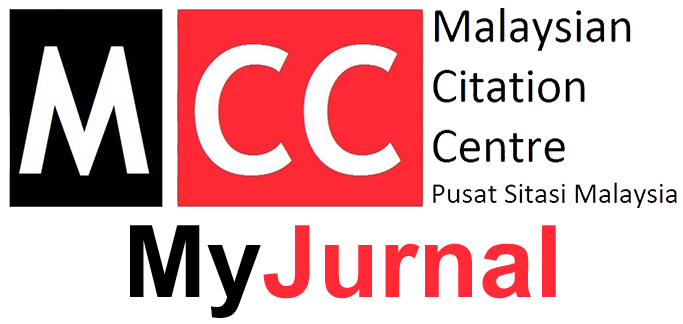Precision in Communication: A Natural Language Processing Approach to Text Summarization
Kata kunci:
Natural Language Processing, Text Summarization, Machine LearningAbstrak
This study presents an experimental method to understanding the fundamental ideas of natural language processing and developing a system for automatically summarizing material in a form that users can grasp in a short amount of time. Tokenization, word embedding’s, cleaning sentences, deleting stop words, and utilizing Cosine Similarity and Networks to determine similarity between phrases and pick the most essential ones to create the summary are all employed in the experiment. We discovered that advanced techniques, such as machine learning algorithms, may successfully extract essential concepts and create meaningful summaries from a given text. We also discovered that by considering the general subject and arrangement of the text, as well as applying Cosine Similarity and Networks, we could create more accurate and thorough summaries.
Muat turun
Rujukan
Muqtadir, S., Hussaini, U., Mohd Khan, F., Khan, F., Subhan, A., Scholar, U., & Professor, A. (2020). Text Summarization using Natural Language Processing.
Islam Talukder, Md. A., Abujar, S., Masum, A. K. M., Krishna K P, Y., Dev, S., & V#, K. (2020). Abstractive summarization.
Pratibha Devihosur, Naseer R. (2017) "Automatic Text Summarization Using Natural Language Processing" International Research Journal of Engineering and Technology (IRJET) Volume: 04 Issue: 08.
E. Hovy and C.-Y. Lin, (1998). Automated text summarization and the summarist system. In Proceedings of a workshop on held at Baltimore, Maryland: October 13-15, 1998, pages 197–214. Association for Computational Linguistics.
Kumar, A., Luo, Z., Xu, M., Tufts, S., Sood, A., Aditham, S., Kulathumani, R., & Nguyen, T. (2018). Text Summarization using Natural Language Processing.
G. Vijay Kumar and V. Valli Kumari, (2012), “Sliding Window Technique to Mine Regular Frequent Patterns in Data Streams using Vertical Format”, IEEE International Conference on Computational Intelligence and Computing Research.
Potharaju, S. P., & Sreedevi, M. (2017). A Novel Clustering Based Candidate Feature Selection Framework Using Correlation Coefficient for Improving Classification Performance. Journal of Engineering Science & Technology Review, 10(6).
Shohreh Rad Rahimi, Ali Toofan zadeh Mozhdehi and Mohamad Abdolahi, (2017), "An Overview on Extractive Text Summarization".“IEEE 4th International Conference on Knowledge Based Engineering and Innovation” (KBEI), Iran University of Science and Technology – Tehran, Iran.
Hans Peter Luhn. (1958). The automatic creation of literature abstracts. IBM Journal of research and development 2(2), 159–165.
Harold P Edmundson. (1969). New methods in automatic extracting. Journal of the ACM (JACM) 16(2), 264–285.





